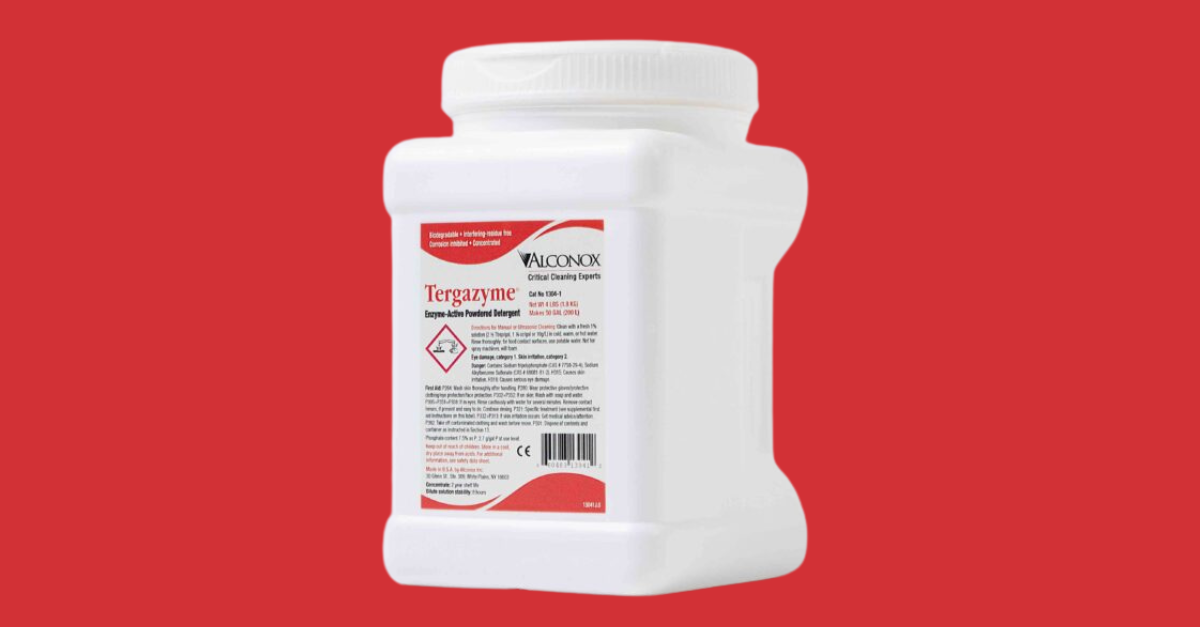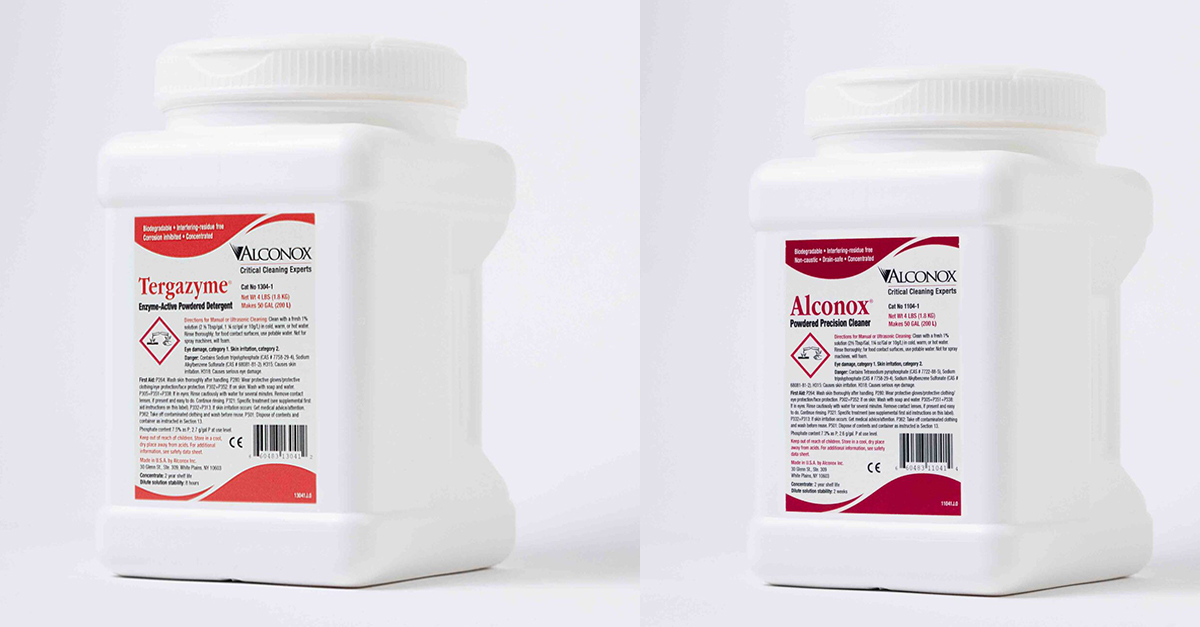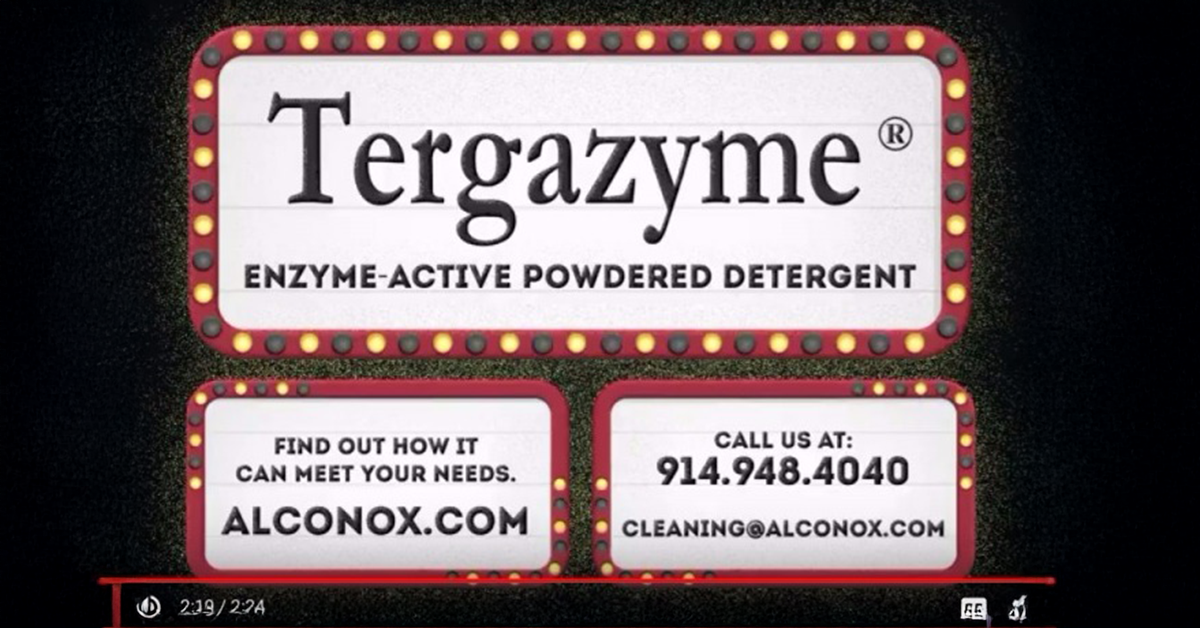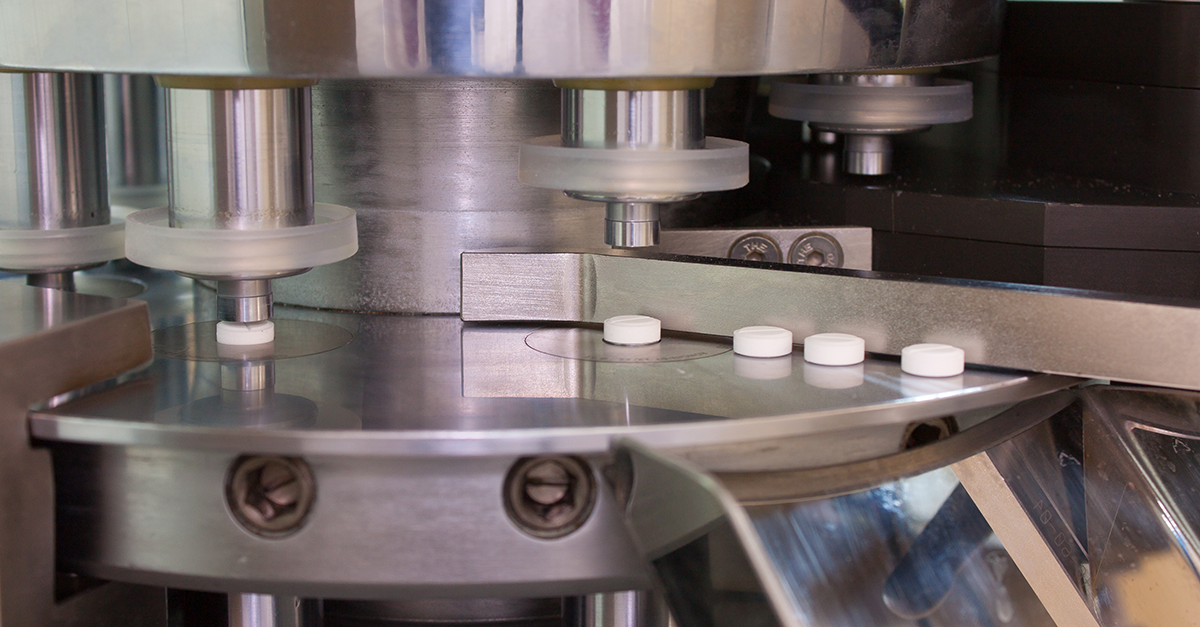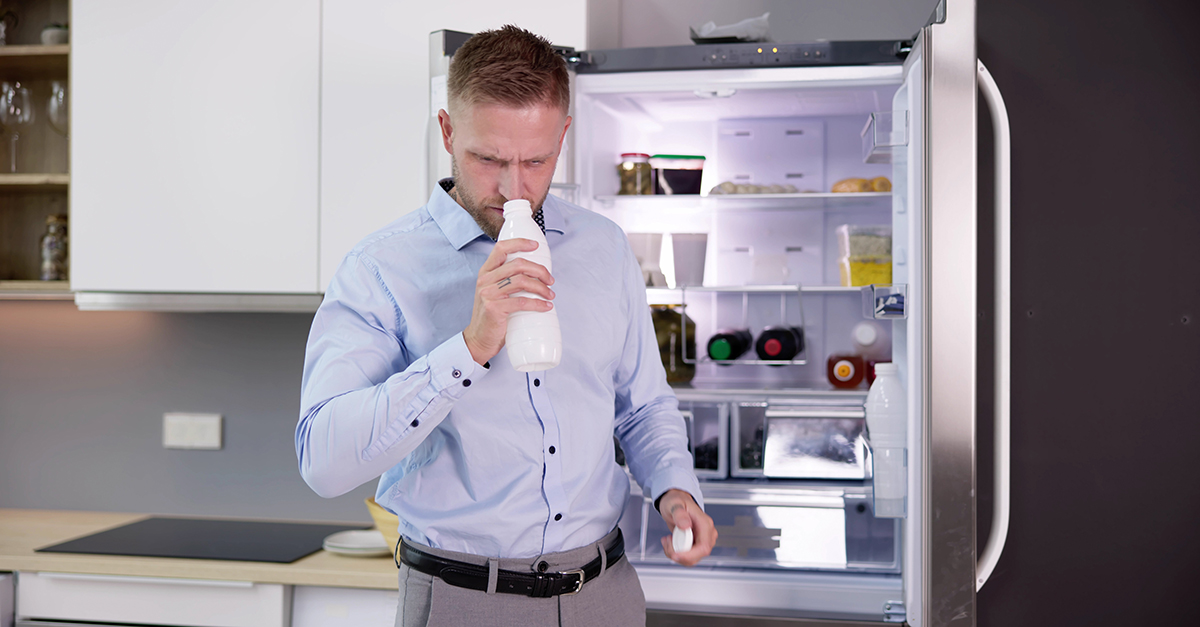Maintaining Fresh Tergazyme Solutions
Q. Directions for Tergazyme say to make “fresh”. What exactly does that mean (daily, weekly, …)? And after making the solution from concentrated powder, how long does it stay good for?
A. Powdered Tergazyme is stable for 2 years from the date of manufacture when…
Tergazyme vs. Alconox
Q: What is the difference between Tergazyme and Alconox? Is one better? Is one more mild? A: There are several similarities and key differences between Tergazyme® Enzyme-Active Powdered Detergent and Alconox® Powdered Precision Cleaner. Both detergents are powerful emulsifiers and excellent detergents for the removal of organic and oily residues.
Tergazyme Solution Shelf Life
Q. Do you have any suggestions about the shelf life of 1% Tergazyme solution?
A. Tergazyme solutions should be used within 8 hours of dissolving the powdered Tergazyme detergent in water. As dry powder, Tergazyme has excellent stability with a shelf life of 2 years from date of manufacture.
Cleaning Tablet Press Compression Machines
Q: We are looking for a ready to use foam to clean some tablet press machines that have a variety of metal materials including bronze and stainless steel. Some of the difficult residues include cellulose acetate phthalate and a difficult API which changes color and is a challenge to remove. What does Alconox, LLC recommend?
A: An important distinction is we only make aqueous detergents,
A Solution For Using An Expired Detergent Solution
Q: Is there any damage that could be caused to our parts if they were washed in the Liquinox Solution after being expired for 5 days? Would reprocessing the products in Non Expired Solution be a safe resolution? A: As discussed here, Using Expired Detergent, the cleaning in expired Liquinox detergent….
